 There are many thousands of closed landfills in the UK. In general all domestic waste landfills filled before the 1950s now exert little or no environmental impact as they contained a low organic content from the start. They did not ever become significantly methanogenic (methane producing), and were:
There are many thousands of closed landfills in the UK. In general all domestic waste landfills filled before the 1950s now exert little or no environmental impact as they contained a low organic content from the start. They did not ever become significantly methanogenic (methane producing), and were:
- normally shallow (2 to 5 metres deep),
- contained a great deal of ash and clinker from home fires,
- were rarely capped with a substantial thickness of soil materials,
- and they were as a result, sufficiently permeable to be “flushed” by percolating rainwater.
The leachate such sites produced was dissipated by dilution and dispersion, without any really structured decisions being made at all about the impact this might cause on the natural environment Fortunately, this did not matter greatly as the effects were short lived and localised.
The leachates they produce today will have slightly elevated salinity, metals, potash etc, but ammonia levels will be very close to background concentrations. Many have been developed as car parks, playing fields etc, and even built-upon with no ill effects, as long as suitable foundations to limit settlement, have been installed, and any soils contaminants are sufficiently deeply buried not to affect topsoil quality.
The result in these landfills is a well composted waste residue, which gives no odour if excavated, and even uncapped “tips” can now support substantial stands of trees.
The presence of these old landfills has only been systematically mapped since Local Authority contaminated landfill registers were introduced in the late 1990’s.
The UK Environment Agency’s “in my backyard” web site, shows some of the most recently closed landfill sites, alongside active sites.
How Closed Landfills Changed
During the 1960s, transport links improved, the sites each became larger, plastics entered the waste stream, and with improved affluence, waste tonnages rose. Home fire generated ash and clinker diminished progressively, alongside the cessation of home burning of organic and calorific value materials. Gas or oil fired central heating was installed in homes across the nation, and Clean Air Act regulated restraints on home burning, became the norm by the mid 1970s.
Without most of us realising it at all, we had created all the conditions necessary for today’s monster landfill “super” sites, with their ensuing need for containment and all their other emissions problems.
These landfills were built before there was any national regulation, and were not lined. For more information on landfill lining see our landfill lining development section.
Ramp Method of Waste Disposal – Landfill Guide & Techniques
The ramp method optimizes landfill operations by creating an inclined surface, allowing efficient waste compaction and daily cover application. Unlike traditional methods, it requires minimal excavation, reducing costs and extending landfill lifespan. Proper implementation and equipment maintenance are key to effective ramp method performance in various terrains…
Inert Waste Acceptance Criteria
Inert Waste Disposal and the Requirements for Acceptance Testing The definition of inert waste in the UK, is very restricted by the waste regulations to ensure that when inert waste is disposed to land it will not produce pollution as contaminated groundwater or polluted run-off. This is important as substantial volumes of inert waste remain which […]
Bulldozers Vs Landfill Compactors For The Best Waste Compaction Density
Managing waste at landfills needs proper compaction. Many waste managers struggle to pick between bulldozers and landfill compactors for this job. However, an experienced landfill operator knows that these machines are used best to serve different roles in waste management. Read on because choosing the wrong machine can lead to wasted void space and higher […]
Understanding the Benefits and Drawbacks of Sanitary Landfill Sites
In this article, you will find out about the advantages and disadvantages of sanitary landfills. Deciding on the best way to handle rubbish, is a common challenge, especially in developing nations. Sanitary landfills offer one solution, but they come with pros and cons. This article will help you understand these landfill sites better, including their benefits and drawbacks. Stay […]
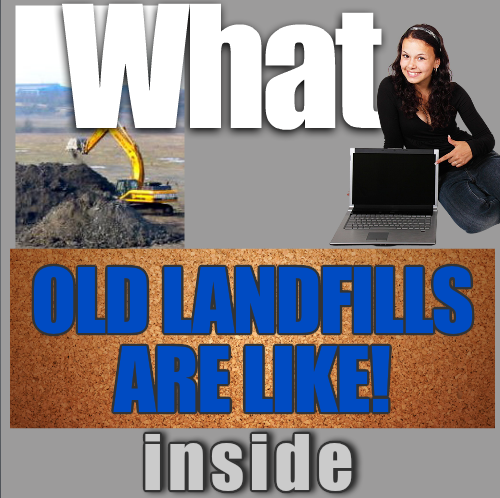



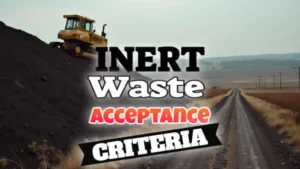
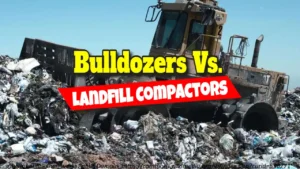
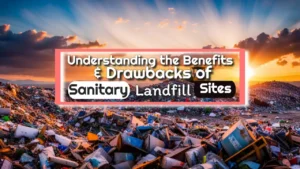
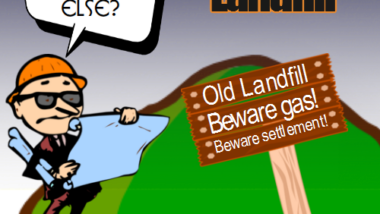


I have emailed this web page to all my friends, because there is a disgusting rusty water running on our back-path. My mum says its an old landfill. I think it is leachate. How can we stop it?
I expect to see an overgrown uneven dump if I come across an old waste tip. Loads of litter lying around and dirty rusty water. Nice page.
Your webpage on old closed landfills is all good information, shedding light on a topic that often remains out of sight, out of mind. It’s fascinating to see how these sites have transformed over the years, from environmental concerns to becoming part of our everyday landscape with potential for reuse